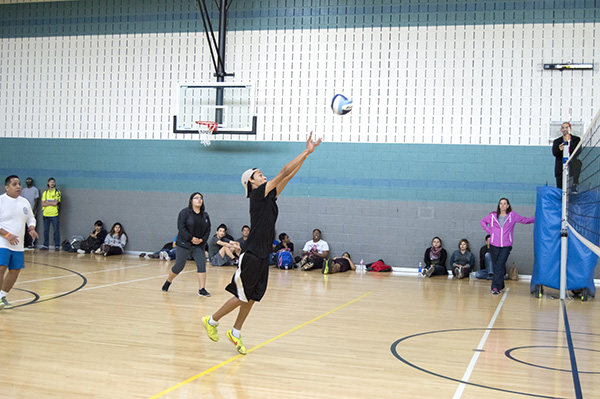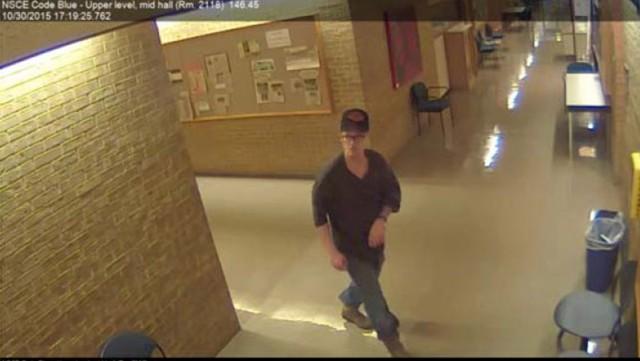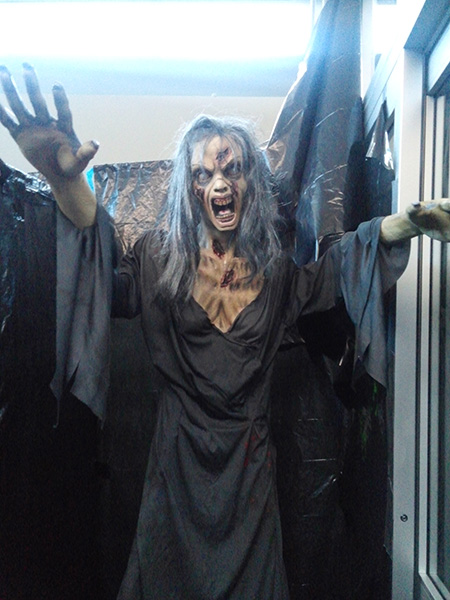By Hope Sandusky/ editor-in-chief
When Michael Sorrell took over as president of Paul Quinn College in Dallas, he instituted a policy unfamiliar to most colleges and universities.
He created a dress code policy.
Monday through Friday 8:30 a.m.-5:30 p.m., students must don business casual clothing.
Sorrell’s plan behind this is to prepare students to enter the professional workplace. He doesn’t leave them helpless in having to pay for their own clothes either. The school developed Clothes Closet, which carries a variety of business casual items from suits to ties to dresses and shoes, which are offered free to students. Clothes come in as donations from around the nation.
Over the years, high schools have fallen under criticism for “too strict dress codes” leading to protests over what has been viewed as sexism in the way students are required to dress. When students reach college, though, any dress code regulation goes away. But when these students reach the real world, they are faced with the fact that a majority of jobs enforce a strict dress code, and many students are ill-equipped to deal with it.
I’ve taken five different speech classes. When it came time to give a speech, each one asked for students to dress business casual. What I have found is most students don’t know what business casual means. Outfits ranged from a dress shirt and slacks to a blouse with jeans and cowboy boots or even a T-shirt with jeans and flats.
According to research by Forbes magazine, first impressions are formed within the first 30 seconds of meeting. The majority of what people take in during those first 30 seconds is appearance. So when it comes to a job interview, if within those first 30 seconds an outfit isn’t what the company’s standard is, then the chance is lost before someone even starts talking.
Clothes have been seen as a freedom of expression, and some consider it an art. While there should be some freedom of self-expression, the reality is that a T-shirt and sweats are not art. They’re just comfortable.
In an interview with Diverse, Paul Quinn sophomore Kevin Lee said, “You never know who you are going to meet on campus.”
We can run into future employers or someone who might later write a recommendation letter. Shouldn’t we strive to put the best representation of ourselves out there every day? When our goal is to find a job in the workforce, we must reflect what the workforce requires, and that includes the way we dress. If we want the job, we have to dress the part.





























